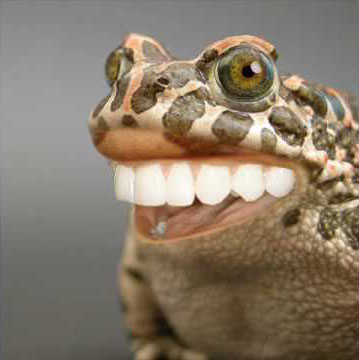

Ohhh, oh no! We need your tourism toonies in Las Vegas! We had no idea just how much Canadians spent on American stuff like bourbon and vacations! Ohh no, we’re so sorry for those silly things we said, like threatening your sovereignty and being all condescending and dismissive.
Echoing your sentiment from the middle of America. Get fucked! Begging for visitors like that before doing anything to make amends, ugh.



Hit pop song plays while every culture brings its best fried dough and desserts game. Hell yeah, world peace could be so simple